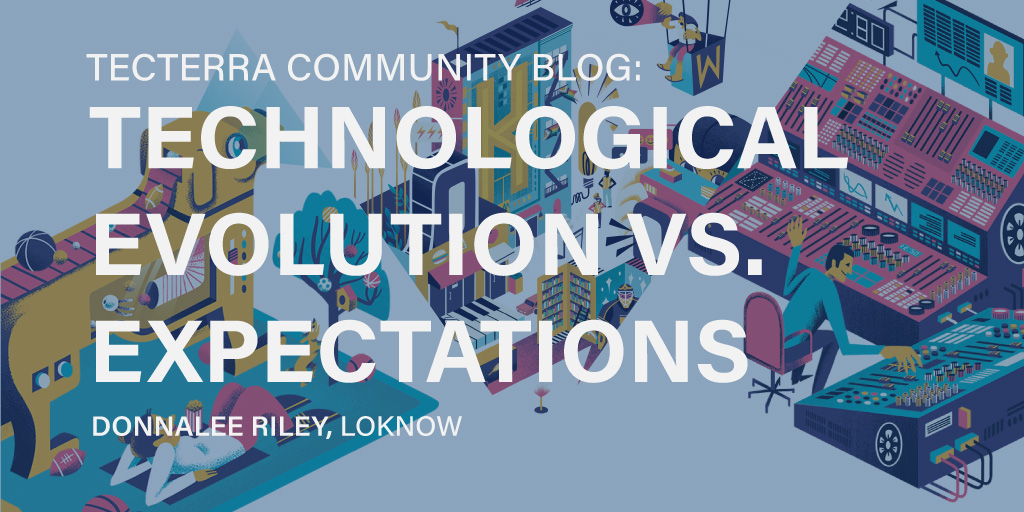Written by: Donnalee Riley, Culture & Communications, LoKnow
RainBarrel is a proprietary audience graph based on commercially available geo-spatial data. We use probabilistic models to aggregate devices based on how they interact in the physical world, providing relevant, custom-built audiences through accurate data. As a research data company committed to continually evolving and upgrading our methods, we were intrigued when a client approached us with a new challenge during our preliminary testing phase. They were looking for a way to query custom audiences within a large-scale data set, which would be virtually impossible to do without implementing new technology. This was beyond our current geo-targeting capabilities at the time and would require integrating advanced technology that could query based on POI’s, custom polygons, and cartesian coordinates. We were at a crossroads — we needed to decide between using high-cost technology that could achieve the client’s request on a longer learning curve or opting for a cost-effective solution that could meet the client’s needs, but potentially struggle to work at scale in the future.

Before making a decision, we needed to consider the impacts of both options. Implementing a graph database could easily address the client’s needs, while providing considerable potential in querying deep relationships in the future. However, implementing this solution would mean accommodating an extra expense, along with a prolonged learning period. At the same time, using a traditional database could satisfy the same needs at a lower cost, but would likely struggle to computationally handle future cases at scale. The impacts of choosing the traditional database would leave us with barriers on both the size and scope of clients we could take on. Although our current technology had served us well up to this point, we also understood that passing up this chance to evolve our tech would put us at a disadvantage in the industry.
To make this decision, we started by clearly structuring out our roadmap of deliverables, making intelligent estimates on when we could realistically have this implemented. It was clear that the best course of action was to implement the traditional database with additional enhancements to be ready for the client on schedule. We worked to leverage h3 indices for spatial joins on geospatial data, which successfully allowed us to create highly accurate audiences in less time. The goal was to trim off auxiliary features and deliver a viable product that could satisfy the minimum requirements to secure our relationship with the client. Adding additional capability in areas like machine learning was postponed for later development — the importance riding on these ad-hoc deliverables prompted us to explore a working solution on an even tighter deadline. By discovering a unique solution that could not only meet but exceed our client’s expectations, we secured our first-ever subscription with a client from the Big Four.
Although we ultimately had to compromise to find a tech solution that worked for both the client and ourselves, the payoff was exceedingly worth it. The lesson we learnt? While having a distinct and capable product is equally important, a solution-based mindset and the flexibility to adapt can be the advantageous difference between you and your competitors.
Do you have a story you want to share with our TECTERRA Community? Click here to join our technology leaders list!

.jpg)




